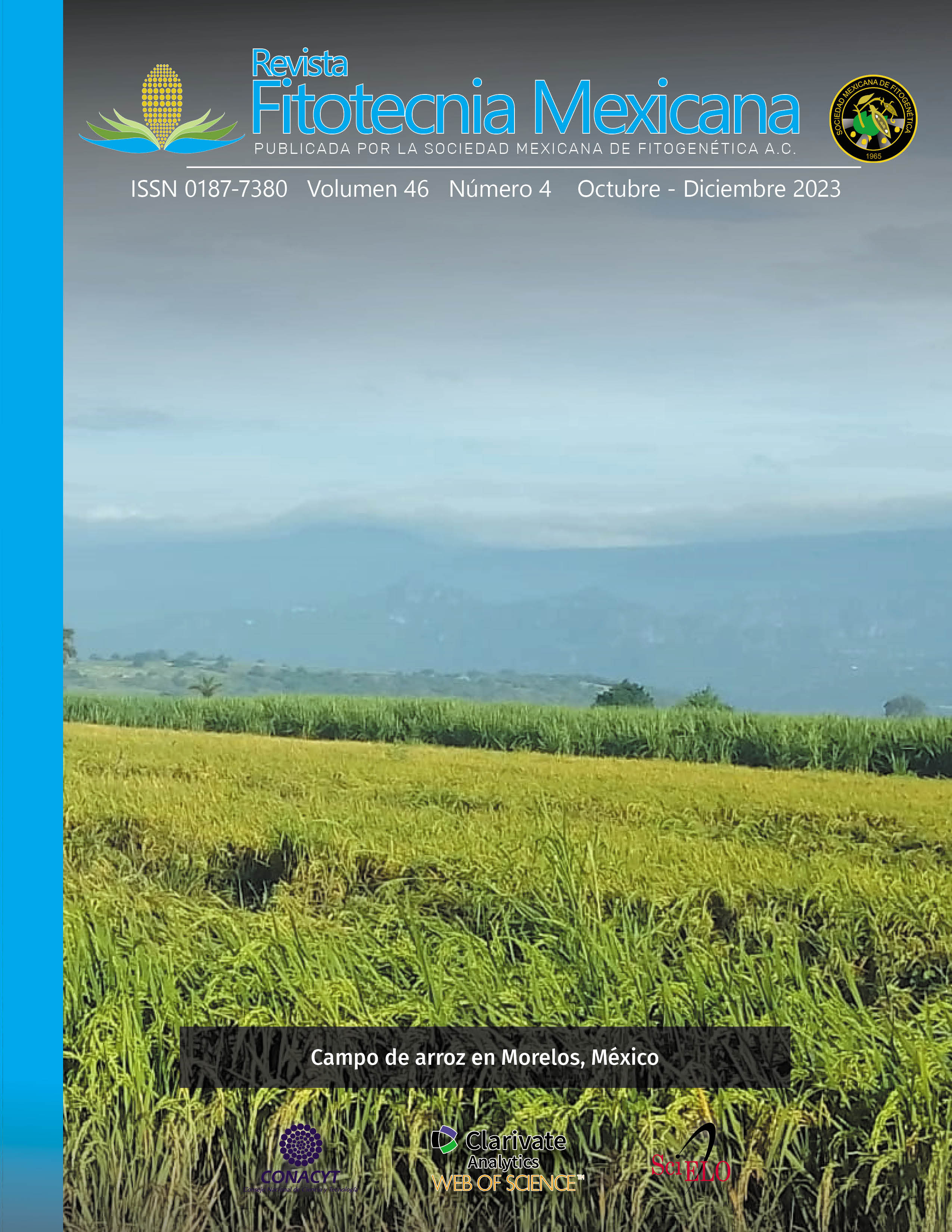ORIGIN AND CHARACTERISTICS OF THE GENETIC DIVERSITY OF RICE IN MEXICO
Main Article Content
Abstract
The genus Oryza has 21 identified species, of which 19 are wild and only two are cultivated: Asian rice (Oryza sativa L.) and African rice (Oryza glaberrima Steud.). According to the regions and climates where O. sativa L. was domesticated, it was differentiated into three subspecies or geographic races: indica, which is tropical rice, whose original plants were tall and its grain is long and crystalline; japonica is the rice of the temperate areas with plants of intermediate height, short, round and glutinous grains, and javanica, to which the rice of intermediate type belong, both for the type of plant and for the shape, size and texture of the grain; this race is also considered a transition between indica and japonica. The species O. sativa L. is currently cultivated with a large number of varieties in almost all the world, hence the requirement of its protection for the conservation of genetic diversity for use in the development of new varieties with high yield, resistance to pests and diseases, with good grain quality, that help to counteract the effects of climate change. The objective of this document is to describe the gene pool that harbors the national rice germplasm bank (NRGB), which was established in 1993 by INIFAP, and to discuss the dynamics of this valuable plant genetic resource. This bank currently holds 2940 accessions, of which 2525 genotypes have been provided to the genetic improvement program of rice and other areas of research of INIFAP, where most of the varieties grown by Mexican producers have been generated since the 1990s to date; in addition, NRGB provides quality germplasm to other research and higher education institutions, both from Mexico and other countries.

